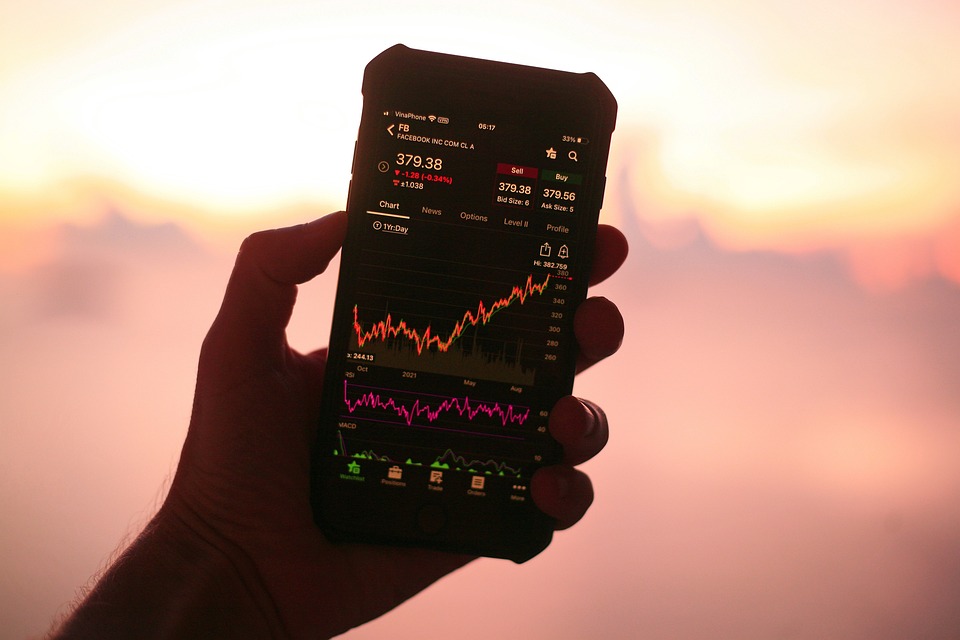Using Technical Indicators to Improve Your Forex Trading
Technical indicators are a powerful tool used by Forex traders to help predict price movements and identify profitable trading opportunities. In this article, we’ll delve into the world of technical indicators and explore how they can be used to improve your Forex trading results.
What are Technical Indicators?
Technical indicators are mathematical calculations that analyze price action and other market data to generate signals for potential buy and sell trades. These indicators are based on specific formulas and algorithms that try to identify patterns in price movements, such as trends, reversals, and breakouts.
There are numerous types of technical indicators, each with its own strengths and weaknesses. Some of the most popular include:
- Moving Averages: Calculates the average price of an asset over a specific time period.
- Relative Strength Index (RSI): Measures the speed and change of an asset’s price movement.
- Bollinger Bands: Plots three standard deviations from the average price, providing volatility signals.
- Moving Average Convergence Divergence (MACD): Calculates the relationship between two moving averages to signal trend changes.
- Stochastic Oscillator: Measures the correlation between an asset’s price and its corresponding RSI value.
How to Use Technical Indicators in Forex Trading
To maximize the effectiveness of technical indicators in Forex trading, you must understand how to incorporate them into your trading strategy. Here are some guidelines:
- Set your time frame: Focus on a specific time frame (e.g., daily, 4-hour, 1-hour) based on your trading goals and risk tolerance.
- Choose your indicators: Select a few indicators that are relevant to your time frame and trading strategy. Keep in mind that no indicator is perfect, and diversification is key.
- Set signal criteria: Determine the entry and exit points for buy and sell trades based on your indicators’ signals.
- Use the signals in conjunction with chart patterns: Technical indicators complement chart patterns, such as breakouts, trendlines, and chart formations. Verify the indicator signals by visually inspecting the price action.
- Apply risk management: Before entering a trade, establish clear risk management rules to protect your capital.
Case Study: Using Indicators to Identify Trend
In this example, let’s use the MACD indicator to identify a strong trending market. We’ve plotted the MACD signal line (red) above the MACD line (blue) on a 4-hour chart of EUR/USD:
- Long candlesticks (green): the MACD signal line crossed above the MACD line, indicating a possible long entry.
- Traders can set a trailing stop loss and take-profit to ride the trend, keeping an eye on RSI and other indicators to determine when to exit.
- When the MACD signal line falls below the MACD line (dark green candlestick), consider shorting the market for potential profits.
Key Benefits of Using Technical Indicators
By incorporating technical indicators into your Forex trading, you can:
- Identify potential trend reversals and breakouts
- Gain insights into market momentum and sentiment
- Define specific entry and exit rules
- Monitor and manage risk more effectively
- Fine-tune your trading strategy through backtesting and simulation
Conclusion
Technical indicators are a crucial part of Forex trading, as they help traders develop and refine their trading strategies. By understanding how to apply these indicators effectively and using them in conjunction with other market analysis tools, you can improve your chances of success in the rapidly moving world of Forex markets.
Remember, no technical indicator is foolproof, and market conditions can fluctuate rapidly. Always adapt and adjust your strategy in response to changing market dynamics and never trade with leverage exceeding your risk tolerance.
Join the world of forex traders and start using technical indicators to boost your performance today!
